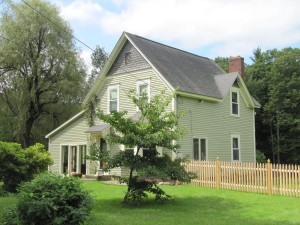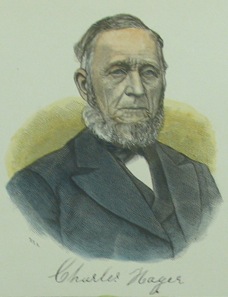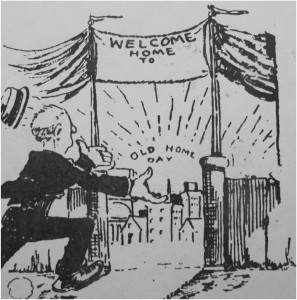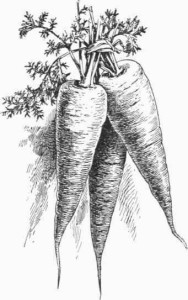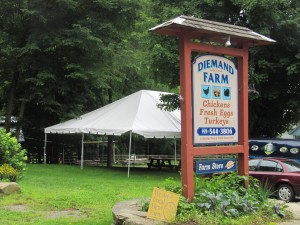 Diemand Farm is a mainstay of Wendell’s agricultural landscape. Following the pattern of a number of other newcomers to the town in the early decades of twentieth century (including the Lewis family), Connecticut-born Al Diemand bought an older farm property in 1936, and along with his wife Elsie, started a poultry business that has grown into a multifaceted operation now run by some of their many children.
Diemand Farm is a mainstay of Wendell’s agricultural landscape. Following the pattern of a number of other newcomers to the town in the early decades of twentieth century (including the Lewis family), Connecticut-born Al Diemand bought an older farm property in 1936, and along with his wife Elsie, started a poultry business that has grown into a multifaceted operation now run by some of their many children.
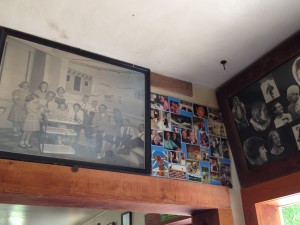 Non-farmers looking at multi-generational, family-run farms like this one are often struck by the kinds of continuities that other occupations seem to lack: rootedness in a particular place, skills passed along from parents to children, nostalgic landscapes that evoke images of an older way of life. New England farmers have long made use of the nostalgia that surrounds small-scale farming for many people. Starting in the early decades of the century–when Al and Elsie Diemand were just setting up their own farm–many farms began to offer what we would now call “value-added” products (jams, jellies, fresh vegetables sold at roadside farmstands) and “agritourism” (farm-stay vacations, hayrides, “pick your own” operations). The Diemands have also created an inviting public interface for their farm, with goats, donkeys, and chickens on display and photos reflecting the farm’s history on the walls of the retail store (above).
Non-farmers looking at multi-generational, family-run farms like this one are often struck by the kinds of continuities that other occupations seem to lack: rootedness in a particular place, skills passed along from parents to children, nostalgic landscapes that evoke images of an older way of life. New England farmers have long made use of the nostalgia that surrounds small-scale farming for many people. Starting in the early decades of the century–when Al and Elsie Diemand were just setting up their own farm–many farms began to offer what we would now call “value-added” products (jams, jellies, fresh vegetables sold at roadside farmstands) and “agritourism” (farm-stay vacations, hayrides, “pick your own” operations). The Diemands have also created an inviting public interface for their farm, with goats, donkeys, and chickens on display and photos reflecting the farm’s history on the walls of the retail store (above).
But the truth is that farming is as much about change as continuity. Like all other farmers, the Diemands have continually adjusted their practices in response to changing markets, tastes, and regulations. Continue reading

